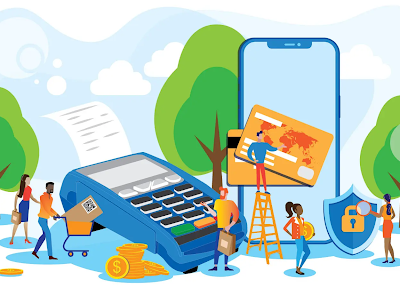Hundreds of assaults have violated the privacy of millions of people in recent years. From cyberattacks that have damaged colleges and their students to breaches that have exposed information at hospitals, the list is endless. A data leak might destroy your brand and your income.
The greatest brands in the sector, from Verizon to the NHS (the British National Health Service) to Yahoo, have all had customer data exposed. So, what sorts of data breaches should you be concerned about? Continue reading to learn about the seven most popular types and how they might impact your organisation.
Malware or Virus:
Malware or viruses can be distributed to users to erase their data. This may be devastating to any firm, especially ones that rely on data. For example, if a malware infection was sent to a hospital, it might erase the data of millions of patients. To avoid these infections, don’t click on anything you’re not confident about.

Some businesses that need clients or potential clients to send them information will instruct them not to attach anything and instead to include it in the body of the email. This stops users from unintentionally clicking on anything that may potentially delete a server.
Keystrokes Recording:
Keyloggers, which record everything you type on your computer, can be inserted or emailed to you by cybercriminals. The data is subsequently handed back to the hackers, who use it to get access to sensitive information. This might happen at your workplace or on your computer. When this occurs, they capture everything you type.

This includes credit card numbers, passwords, and other sensitive information you submit into a database. This may be readily utilised against your organisation because they will have your passwords as well as company payment card information. They will then utilise these to obtain or leak critical corporate information.
Phishing:
Phishing attacks are carried out by third-party hackers who construct websites that appear to be completely authentic. For example, they may create a site that resembles PayPal and requests that you log in to make a necessary modification. You’ll log in and realise that instead of just signing in, you’ve mistakenly given someone your password.

This practice is rather popular among institutions, and students are frequently emailed by a third party acting as the school, requesting them to confirm their login information. Again, a phishing scam might jeopardise the security of any critical information that you or your firm may have.
Stealing of Information:
Humans are quite capable of, and frequently commit mistakes. Errors that might cost their organisation hundreds of thousands, if not millions, of dollars. Apple was even a victim of this when one employee left a prototype of one of their new iPhones laying about.

Within a few hours, the specifications and hardware of the yet-to-be-released phone were all over the Internet. It is quite typical for an employee to leave a computer, phone, or file somewhere they should not have and have it stolen. And it might jeopardise not only the new prototypes you’re attempting to conceal but also customer or patient information.
Password Breach:
Password breaches occur more frequently than you may expect. Some firms leave computer passwords on notes, allowing anybody to see them, which might lead to interfering workers accessing the data elsewhere. Many individuals get hacked because their passwords were too simple or easily guessable.

This form of breaching is known as a brute-force assault, and it is a popular approach among hackers. People frequently use passwords such as their street name or birthdate, which makes getting into their accounts quite simple. With this, they may search your files for any important information about your firm.
Conclusion:
There is no perfect solution for securing your workplace data from any of the above-stated forms of data breaches. You may educate yourself and your staff about the consequences of data breaches and how likely it is for someone to break into the system.
You may also guarantee that your staff updates their passwords regularly by using password time-outs and timers. You may also advise your staff to keep critical information they may bring with them outside of work as secure as feasible.





